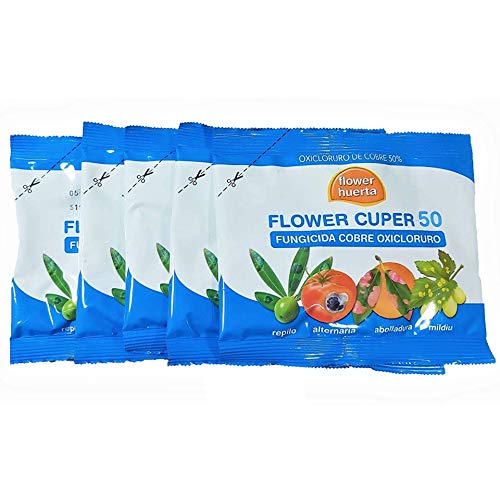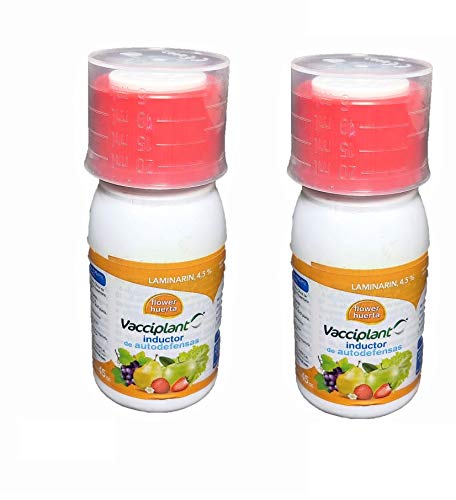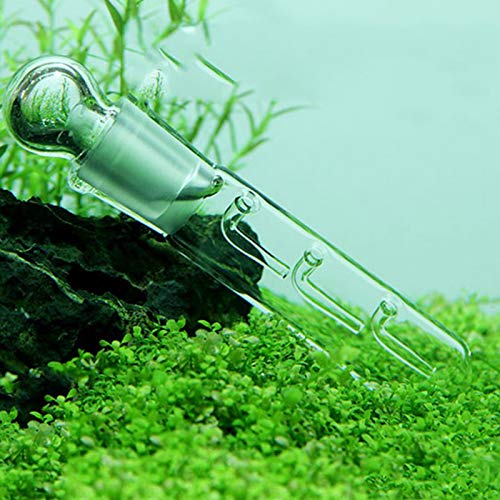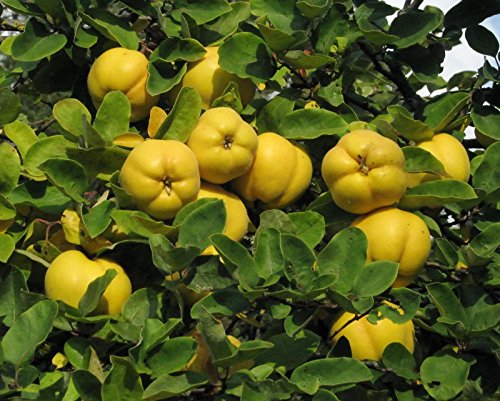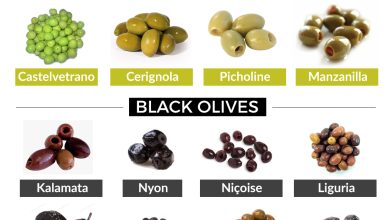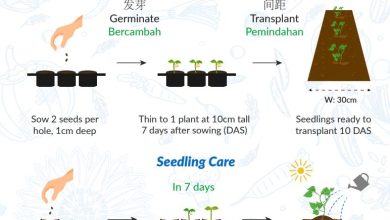Quince Pests and Diseases: How to Identify and Treat Them
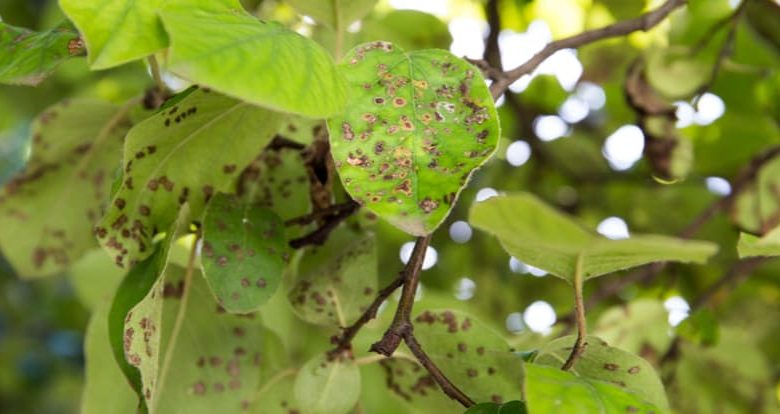
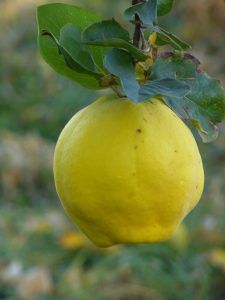 What will you learn in this article? We show you which are the most common pests and diseases in quince, as well as how you should combat and prevent them.
What will you learn in this article? We show you which are the most common pests and diseases in quince, as well as how you should combat and prevent them.
The quince is a tree whose fruit develops small seeds and whose pulp is delicious for consumption.
Both for its structure and for its flavor, the quince is a fruit similar to the pear and the apple, hence the pests and diseases that affect them are similar.
However, the pulp of the quince is much harder, which is why it is usually used to make sweets and not for natural consumption.
Do you want to know what are the pests and diseases that usually cause damage? Let’s review them below.
Mottled
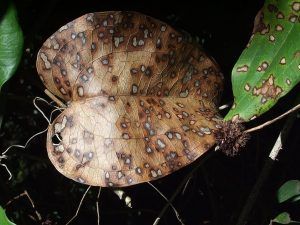 It is a fungal-type disease that affects quince, apple and pear trees, with the apple being its favorite option.
It is a fungal-type disease that affects quince, apple and pear trees, with the apple being its favorite option.
It manifests itself with the appearance of spots on the leaves and fruits (hence its name due to the «specks») which are dark in color.
These spots that appear on the fruits can cause cracks that end up affecting their structure, damaging the commercial value and sometimes affecting the pulp. In the branches they also appear, with a bulging condition and full of cracks.
Unlike many fungi that prefer warm conditions, they develop during the winter period, with low temperatures and high humidity.
Their favorite developmental ecosystem is formed by the accumulation of the tree’s leaves that fell during the fall. There it reproduces and takes its healthy structure.
The speckling is caused by fungi of the Venturia family. Due to its development and expansion conditions, you only have to pay attention to it when there is high humidity (wet leaves between 10 and 15 continuous hours) and temperatures around 7º C.
fire blight
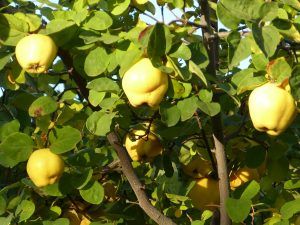 In this case it is also a serious disease, but it is not caused by fungi but by a bacterium called Erwinia Amylovora.
In this case it is also a serious disease, but it is not caused by fungi but by a bacterium called Erwinia Amylovora.
It is a complex disease that is capable of causing very severe damage in attacks that are not treated in time. Yes, it can lead you to lose the entire plantation.
It manifests itself from the spring season itself with a kind of thick white drops that are generated in the calyx or peduncle of the flowers.
These flowers stop following their natural development process and instead wilt. They may also turn black and creamy. Despite these conditions, the dead flower does not fall from the tree, causing the disease to spread to other areas such as branches, buds and leaves.
The bacterium is happy in spaces with high environmental humidity and where the temperature is warm, varying from 20º to 30º C. If it gets too far, the tree will gradually lose its vigor and characteristic colors to start looking as if it were burned.
When there has already been damage in a certain area by this bacterium, it is possible that it is still there, lodged in bushes or tree cankers. Protection during the phases of vegetation, flowering and after pruning is essential to reduce the chances of an attack occurring.
That is why it is worth carrying out periodic reviews of the structure, especially when the rainy season has begun.
bighead worm
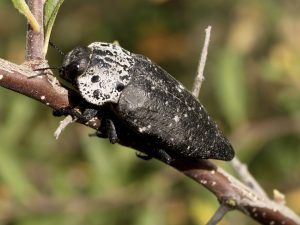
The big-headed worm is a pest that is not very frequent in quinces, but it can cause severe damage to their production process.
The reason is that they base their diet on the flowers, which prevents them from carrying out their development and reaching the moment of creating fruits.
It is recognized by having a dark body, about 25 mm long and with some white spots on the upper part.
It is possible that in an initial phase the leaves are eaten, especially those that are younger. Just as it attacks the quince, it loves to do the same to the pear tree, which is one of its favorite pip fruit trees.
It is not a very fast insect, so it can be caught with little effort when you see it walking around. If you are not interested in complying with this process, you can always install traps, such as adhesive tape, so that they stay stuck and you can eliminate them.
Pseudomonas
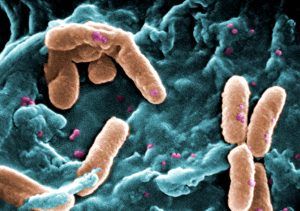 It is a bacterial-type disease that originates from Pseudomonas syringae.
It is a bacterial-type disease that originates from Pseudomonas syringae.
Its damage covers the entire aerial structure of the trees, from the trunk itself to the fruits when they are still tender.
To spot the disease, it’s best to be on the lookout early in the spring, as they may start early in the blooms.
The bacteria cause them to turn black and shrivel. Also, on stems that already have a woody texture, cankers are created. In the case of the leaves and fruits, black spots are created similar to those that we already saw in mottle disease, only in this case they are shiny.
Although it is activated in spring, it penetrates the quince during the fall, as a result of the wounds left open by the leaves when they fall. In fact, it remains dormant during winter, this bacterium being able to live for many years.
The preventive action is generated in three well-differentiated phases of the quince development cycle: when the leaves fall in autumn, after planned pruning and when the flower petals fall to make way for the fruits.
Quince pests and diseases are varied and the only way to ensure that their damage does not progress so much is by giving a timely response. This will go through knowing the characteristics and symptoms that each type produces and comparing them with the conditions in which you see a tree.
After the detection phase, you will have to verify what are the steps to follow to get rid of this problem and continue its productive phase normally.
The most important thing, in case you have more than one quince tree in the same space, is to ensure that pests or diseases do not spread to the entire plantation.
Bibliographic references
- Quince cultivation in San Pedro, province of Buenos Aires, AN Angel, FA Lopez Serrano, GH Valentini – 2020 – repository.inta.gob.ar
- Propagation of fruit trees by grafting and their adoption in the orchards of Huayo, Pataz, La Libertad, IP Colchado López – 2017 – dspace.unitru.edu.pe
- Quince cultivation, AC Matías – sidalc.net
- Local varieties of pome fruit trees from the Murcia region. Preliminary analysis, JM Egea Fernández… – … plant and practices …, 2014 – webantigua.agroecologia.net
- Physical-chemical characterization of the Japanese quince (Chaenomeles Sp. Lindl,). Physiological development and cold storage, MR Vila López – 2008 – digitum.um.es
Maybe you are also interested in:

